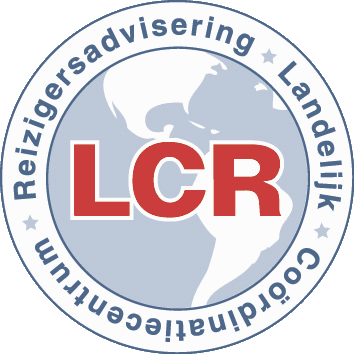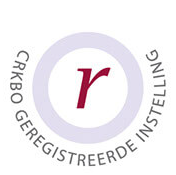
‘To slide, soar and fly down a mountain on fresh deep snow, this is the dream of every skier and snowboarder. Unfortunately this goes accompanied with a certain risk, Mother Nature can be unpredictable and unforgiveable.’ ““ Max.
Max van Toledo started together with his mate Avital de Winter a company: Ski Like a Pro. With their business they take individuals, companies and professionals on, ánd off the piste. They introduce them to the wonderful side of backcountry skiing and the necessary precautions.
‘Good preparation, knowledge on avalanche terrain, conditions and proper equipment are essential to enter the back country. With account to the level of the group and the conditions I choose an appropriate route. Furthermore, I show the safe spots on the slopes with regard to a safe distance between participants.’
Earlier on, an article was posted about recognizing avalanche terrain. On an estimate, more than 25% of backcountry users enter dangerous terrain under equipped. The necessary steps and equipment to enter avalanche terrain will be discussed here.

Self-rescue
If a victim is hit by an avalanche, it is important to warn other group members and undertake action to get to the side of the avalanche. Snow speed is limited here and by chance, victims may be able to grasp a tree or avoid the avalanche. If this is not possible, the odds of burial decrease if ski’s, snowboards and heavy mountaineering gear are taken off. Furthermore, an air pocket with the elbows in front of the mouth should be made.
‘Swimming, struggling’ or trying to get on top of the snow is controversial. Some case reports claim it increased chances of non-burial.An attempt should be aimed to localize your position to team members, by trying to reach the surface with the extremities or ski poles. Besides a helmet, equipment can be expanded with an avalanche airbag and Avalung to prevent trauma and asphyxia. A RECCO-reflector, whistle and torch can come in handy as well.

Avalanche Airbag
An avalanche airbag increases the volume of a victim with expansion of up to 270 liters. Inverse segregation or the Brazil nut effect can result in staying on top of the avalanche. Evidence shows that chances of burial decreases (55% to 20%), and mortality decreases (35% to 10%), if the airbag is activated. Unfortunately, this happens only in about 20% of the cases. By purchasing an airbag the following aspects are important: activation system, volume and shape, compatibility of the airbag and variable options for extra space. For an overview see here.
Artificial Air Pocket Devices
If buried, an artificial air pocket device (AAPD) can increase O2 supplementation and CO2 removal, thereby decreasing hypercapnia and hypoxia. An example is the Avalung. A trial showed an increase of adequate oxygenation from 5-14 minutes without, to 60 minutes with an AAPD. Some manufacturers produce a combination of an AAPD with an airbag.
Safety and team-rescue
In case of victim burial, fast and decisive actions should be taken under stressful situations. A training can increase the odds of a successful rescue. The place where the victim was spotted last should be marked and rescuers should take care of their own safety first. To reassure team-rescue, a beacon, probe and shovel are necessary equipment.

Beacon / lawinen verschütteten-süchgerat
A beacon sends or receives a signal in case of a rescue. The period of asphyxia can be decreased substantially with beacons. Beacons are classified as one, two, or three antennae. One-antennae, or analog beacons require lots of training, searching takes quite some time, but are cheap and firm. Two-antennae, or digital beacons are easier to use, searching takes less time, but can be confusing with more victims and reaction time for a good signal can be long. Three-antennae are easy to use, can localize more victims, also with deep burial, are quick and considered the current standard. For an overview see here, for a beacon test here. Mobile phones and other electronic devices should not be kept near beacons.

Probes and shovel
Probes are used to localize the victim at the place of signal. There are generally two techniques for probing: circular around the signal of a beacon with a space of 25 centimeters or with the Three Holes per Step method, in a linear way. A depth of 1.5 meter. is considered sufficient for primary probing. If a victim is found, digging should be performed at the side of the valley at 1.5 times the depth of the victim. A shovel should be made of strong materials to dig into thick snowlayers. Fast alternation of diggers forestalls fatigue.

Medical Care
With a proper preparation, good equipment and smooth rescue, survival is not guaranteed. After 15-20 minutes, chances of survival are halved. Overall survival is around 50% for buried victims. After rescue, every victim should be transported to a medical facility, even if fully conscious and uninjured. For medical aid of unconscious or injured victims see this article.
See this video for a subtle avalanche with complete burial and rescue. An avalanche course is strongly recommended before entering the backcountry, also with avalanche risk 1-3, and are provided by organizations like WePowder, PowderGuides and Ski Like a Pro. Better safe than sorry: Gute Abfahrt!
For more comprehensive guidelines read this article from the Wilderness Medical Society.




